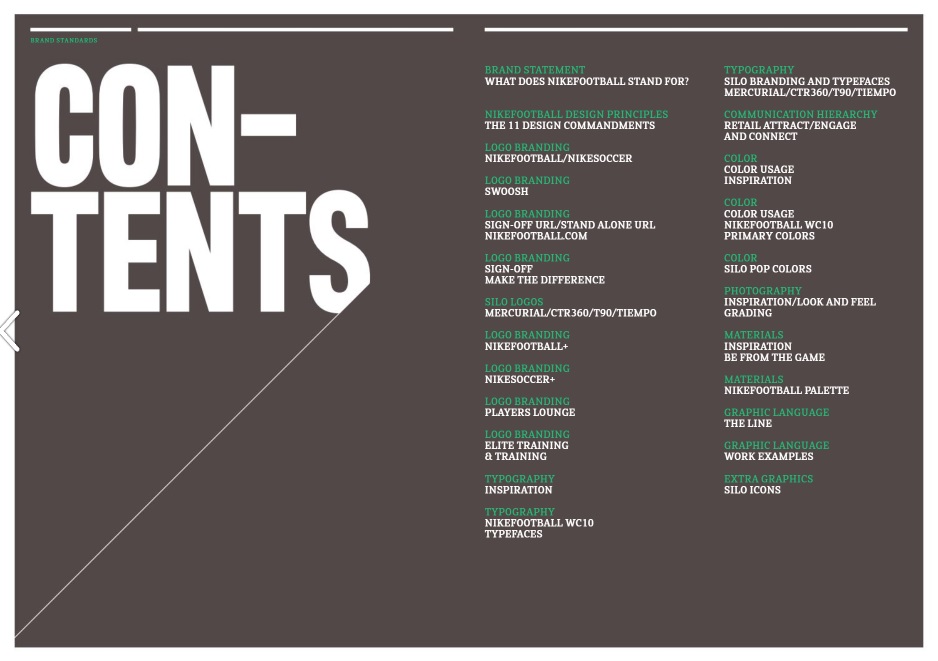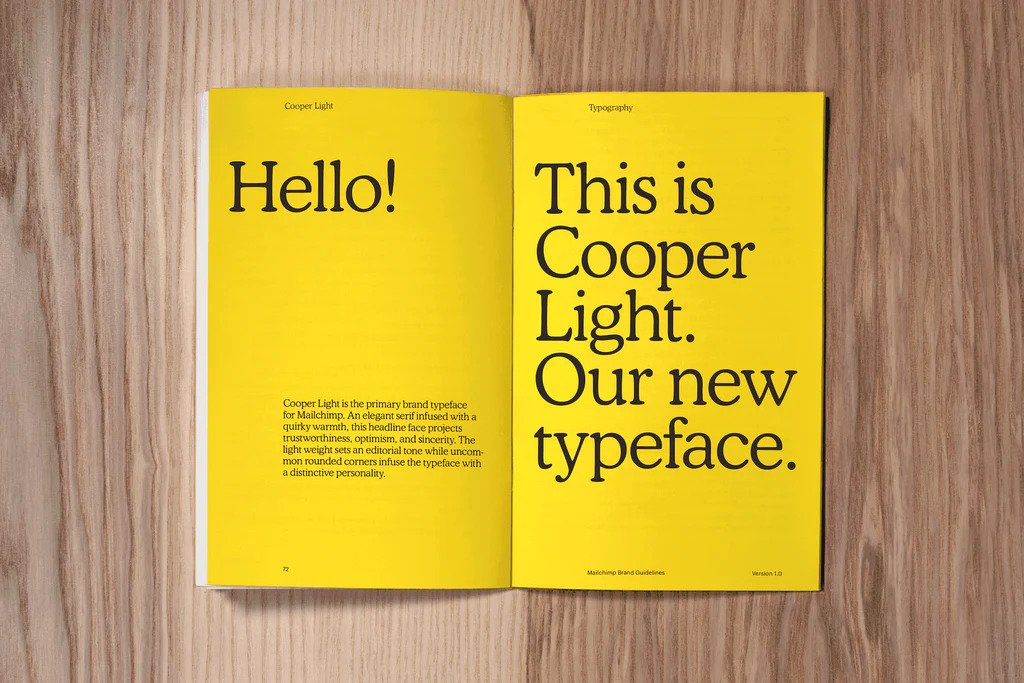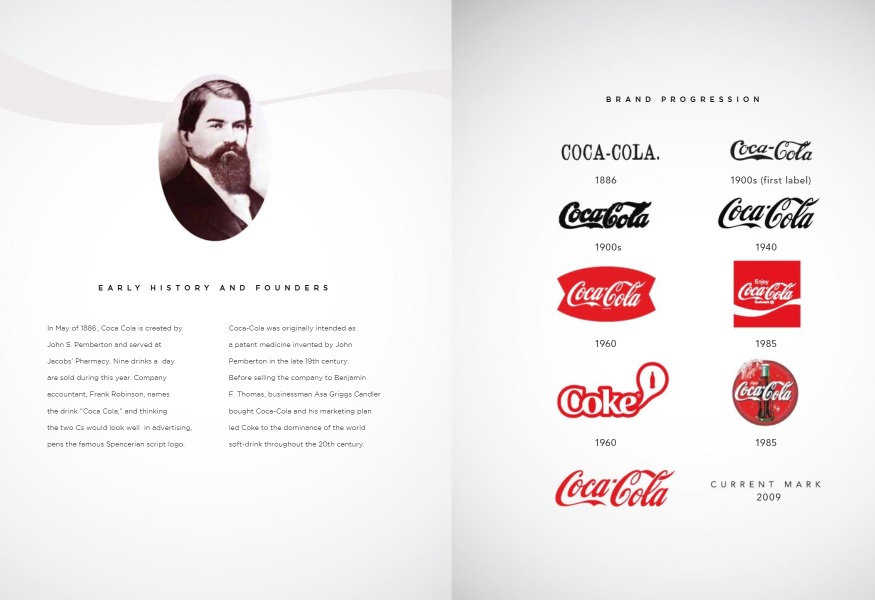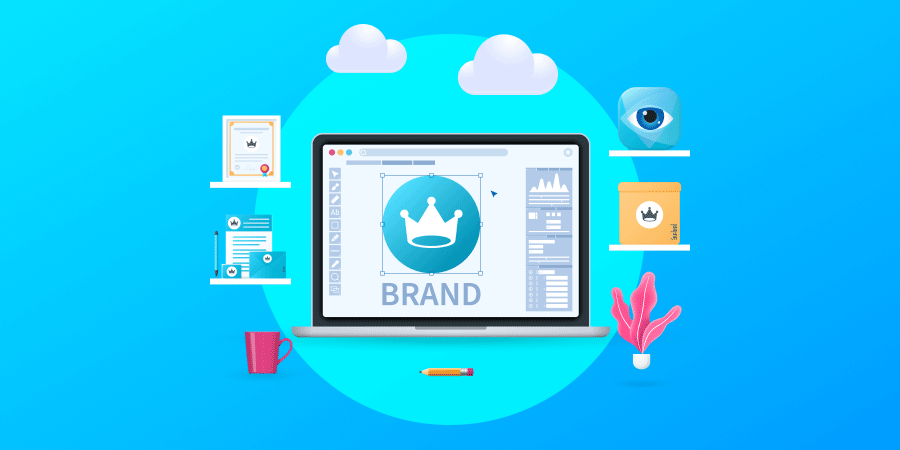One of the most important steps in branding is achieving consistency: being visually consistent can increase revenue by up to 30%.
To reap the benefits of consistent branding, from visual identity to the tone of voice, companies can create a brand book.
Brand book design is a vital step for establishing a brand identity, which is essential for building brand recognition and trust with your audience.
In this guide, we’ll explore what a brand book is, who should invest in one, and tips on how to create and design a brand book.
[ez-toc]
Digital Silk develops authentic brands. Request a Quote
What Is A Brand Book?
A brand book is a document that outlines the guidelines for how a company presents itself to the public.
It’s a more comprehensive document that covers a broader range of elements, including the brand’s personality, values, and messaging.
It serves as a comprehensive resource for all of the visual and verbal elements that make up a company’s brand identity, including its name, logo, tagline, color palette, typography, and tone of voice.
Brand book design is an essential activity for building a consistent and memorable brand identity.
By defining the rules and standards for how the brand should be represented, a brand book helps to ensure that all marketing and communication efforts are aligned with the company’s values and goals.
Your guidelines for brand identity should include:
- Mission & vision
- Brand statement & values
- Brand voice & copywriting guidelines
- Resources & points of contact
- Logo usage guidelines
- Color palettes (primary, secondary)
- Typography
- List
- Iconography & illustration styles
- Imagery & photography treatment guidelines
- Marketing collateral samples
Brand Book vs. Brand Style Guide
While a brand book and a brand style guide are often used interchangeably, they are different.
A brand style guide is a subset of a brand book and focuses on the visual elements of your brand, such as logo usage, typography, color palette, and imagery.
On the other hand, a brand book covers all elements of your brand’s identity, including both visual and messaging components.
A brand book is a more comprehensive and detailed document than a brand style guide. It covers a wide range of topics related to the brand’s identity and messaging, including target audience, brand values, brand story, tone of voice, and more.
Who Should Invest In A Brand Book?
A brand book is essential for any business or organization that wants to establish and maintain a consistent brand identity.
Investing in a brand book is particularly important for businesses that operate in competitive markets, where it can be challenging to stand out and differentiate a brand from others.
By establishing a strong and consistent brand identity, businesses can build trust and credibility with customers, increase brand recognition, and ultimately drive sales and revenue.
Whether you’re a small business or a large corporation, a brand book can ensure that everyone in your organization is aligned and consistent in their communication with your audience.
Speak with our experts. Set Up A Consultation
10 Tips For Designing A Brand Book
By following these steps, you can create a comprehensive brand book design that helps you establish a strong and recognizable brand identity and drive business success.
1. Write A Brand Overview
The brand overview is the starting point of a brand book. It provides a high-level summary of the brand’s mission, values, and unique selling proposition (USP).
This section helps to set the foundation for the rest of the brand book, ensuring that all subsequent sections are aligned with the brand’s core identity.
The brand’s USP is the key benefit that it offers to customers that sets it apart from competitors. It should be clear, compelling, and easy to understand.
One great example of a memorable USP comes from a company called Saddleback Leather, where they guarantee their product longevity with the slogan “They’ll Fight Over It When You’re Dead.”
This sentence effectively communicates the distinctive quality of Saddleback’s products to potential customers, using the company’s recognizable humorous style: their products are so well-made that they will outlast their owners.

2. Build A Brand Personality
This is the set of characteristics that represent your brand and make it distinct from others. By making it distinct from others you create values your competitors or other brands might not have.
77% of consumers form brand loyalty because of shared values. Your brand values help increase relatability and foster stronger relationships with your audience.
Your brand personality should reflect your brand’s mission, values, and target audience. Think about how you want your brand to be perceived, as well as whether and how your company culture supports this. The key to authenticity is to live your brand values, inside and out.
3. Identify Brand Voice & Tone
Once you have defined your brand personality, it’s time to identify your brand’s voice and tone.
A brand voice is your business’ unique way of using the language; or, in other words, your idiolect.
The tone is how you modulate it depending on your audience.
Just think about how you change the way you address your friends and how you address your colleagues at work.
Your brand voice should be consistent across all marketing materials and align with your brand personality.
Consider the type of language and vocabulary you want to use, as well as the level of formality or informality.
4. Define Your Target Audience
Identifying your audience segments, their demographics, and pain and gain points will help you to create a brand personality and messaging that speaks to their needs and desires.
Once you have identified your target audience, create buyer personas. Detailed research and insights will enable you to fully connect with your customers.
After all, 64% of consumers want to feel connected to brands, while 57% will increase their spending at brands they feel connected to.
5. Define Your Brand Messaging
With a clear understanding of your target audience, tailor your messaging to speak directly to them.
Use language and terminology that resonates with them and speaks to their pain points. Create messaging that highlights the unique value that your product or service provides.
Regularly solicit feedback from customers and team members to ensure that your messaging is resonating with your target audience.
“There are some things money can’t buy, for everything else there’s Mastercard”
For example, MasterCard wants to say that their product portfolio and reach are so robust, they can give you access to everything short of happiness.
6. Design Visual Style
Visual elements like color, typography, and imagery can also help to convey your brand personality and brand book design. Choose visual elements that reflect your company guidelines and resonate with your target audience.
For example, if your brand personality is fun and playful, you may want to use bright colors and playful typography.
7. Keep It Simple
Use a clean and simple design that is easy to read and navigate.
Avoid cluttering the page with too many design elements. Instead, use a minimalistic layout that allows the reader to focus on the content.
Use headings, subheadings, and bullet points to create a clear hierarchy of information. This will help the reader to easily scan the content and find what they are looking for.
8. Use High-Quality Images
Use high-quality images that are on-brand and visually appealing.
Choose images that are relevant to your brand and its messaging. Avoid using images that are too abstract or unrelated to your brand’s values or products.
9. Stick To Your Brand Guidelines
One of the most important reasons to stick to your brand guidelines is to ensure that your brand is easily recognizable to your target audience.
When your branding is consistent across all marketing and communication channels, customers are more likely to remember and identify your brand, which can help to build trust and loyalty over time.
To effectively communicate your brand to your intended audience, it is essential to have a well-developed communication strategy that covers all aspects of your brand’s messaging.
According to Forbes, maintaining a consistent brand presence across all platforms can have a significant impact on revenue.
10. Implement & Grow Your Brand
Brand application refers to the practical implementation of your brand guidelines.
It involves ensuring that your branding is consistent and aligned across all marketing and communication channels, including your website, social media profiles, advertising materials, packaging, and any other touchpoints where customers may interact with your brand.
Ultimately, effective brand application is about creating a consistent and cohesive brand identity that resonates with your target audience and helps to drive business success.
What’s left to do after following these tips? Research what type of branding strategy you are going for to have a clear brand direction.
Let’s grow your brand together! Schedule A Consultation
Brand Book Design Examples
A great way to get inspired and learn more about brand books is to look at some examples. Here are some excellent examples of brand books from well-known brands:
1. Nike
Nike’s brand book features bold, high-contrast photography and a simple, direct writing style that reflects the brand’s ethos of empowering athletes of all levels.
Nike’s brand book emphasizes the importance of innovation, performance, and authenticity, which are key values that the brand has built its identity around.
The guidelines provide clear examples of how the brand’s visual and verbal elements should be used in various contexts, such as marketing materials, product packaging, and digital platforms.

[Source: Nike]
2. Mailchimp
Mailchimp’s brand book design is colorful and playful, with a focus on approachable language and vibrant illustrations that reflect the brand’s fun and quirky personality.
The Mailchimp brand book emphasizes the importance of understanding and connecting with the brand’s target audience, which is small businesses and entrepreneurs.
It also highlights the importance of storytelling, authenticity, and community building as essential components of the brand’s identity.

[Source: MailChimp]
3. Coca-Cola
Coca-Cola’s brand book is classic and timeless, with a focus on the brand’s iconic red and white color scheme and its long-standing tradition of spreading happiness and positivity.
One notable aspect of the Coca-Cola brand book is its emphasis on storytelling.
The brand’s guidelines stress the importance of using storytelling to connect with consumers and build emotional connections with them. Coca-Cola’s brand book also includes guidelines for engaging with consumers on social media and creating content that reflects the brand’s identity

[Source: Coca-Cola]
Design A Brand Book With Digital Silk
Designing an effective brand book takes time and patience but can pay off in dividends when done properly.
If you need help creating your brand book design, our team of expert designers and branding strategists can provide those services.
Digital Silk is a full-service web design agency that specializes in building brands that excel in the digital era.
Our team comprises experienced designers, developers, brand strategists, SEO experts, content specialists, and other professionals who are experts in their respective fields.
Contact us to learn more about our brand book design services and how we can help you create a comprehensive brand identity that will make your business stand out.
"*" indicates required fields








